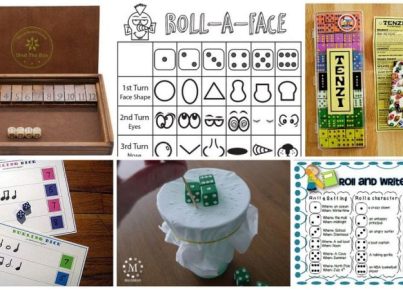Introduction:
In today’s diverse educational landscape, it’s not uncommon for religion and faith to intersect with academic subjects, particularly in public school classrooms. One subject where this intersection can be particularly challenging is science, where topics like evolution and the origin of life can potentially lead to conflicts between scientific thought and religious beliefs. To help teachers navigate these sometimes complex situations, we’ve compiled some of our favorite discussions from the “Teacher Helpline” on how to approach the topic of religion in the science classroom.
1. Establishing Ground Rules
Before diving into potentially contentious topics, it’s crucial to establish ground rules for classroom discussions. Respect and empathy should be the foundation of any conversation about religion and science. This means encouraging open dialogue and recognizing that students may have differing viewpoints without allowing personal attacks or disrespectful behavior.
2. Clarifying the Purpose of Science Education
As a science teacher, your primary goal is to help students understand scientific concepts and develop critical thinking skills. Emphasize that science is a method for seeking truth through empirical evidence, while also acknowledging that religion has its own, separate means of finding truth. By reinforcing this distinction, you’ll help create an environment where students can better understand why certain scientific concepts are taught in school.
3. Providing a Balanced Perspective
Encourage students to think critically by discussing both empirical evidence studied in class, as well as alternative perspectives related to their religious beliefs. Presenting both sides allows students to evaluate evidence for themselves and form informed opinions on their own. Encourage them to critically evaluate all perspectives before reaching informed conclusions.
4. Remaining Neutral and Focusing on Facts
As a teacher, it’s important to remain neutral during discussions about religion and science in the classroom. Stick to facts when discussing scientific theories and avoid criticizing or promoting any particular religious belief. Treat all beliefs with equal respect and allow students to express their opinions without fear of judgment.
5. Encouraging Respectful Debate
When discussions get heated, remind students that the goal is to understand each other’s perspectives, not to win arguments. By emphasizing the value of respectful debate, you can help cultivate an environment where students feel comfortable sharing their thoughts and opinions, while still understanding the limitations of their own beliefs and being receptive to new information.
6. Providing Support for Struggling Students
It’s not uncommon for students to experience cognitive dissonance when faced with scientific theories that challenge their religious beliefs. Offer support by encouraging them to speak with a trusted adult outside the classroom or inviting guest speakers from different backgrounds – including scientists who are people of faith – to share their experiences reconciling the two.
Conclusion:
Navigating the intersection between religion and science in the classroom can be challenging, but with these best practices from our Teacher Helpline, you’ll be better equipped to foster meaningful discussions that encourage critical thinking, understanding, and mutual respect. By promoting open dialogue and maintaining a neutral stance as an educator, you can create an environment where students learn not only about science but also about the value of diversity in thought and belief.





